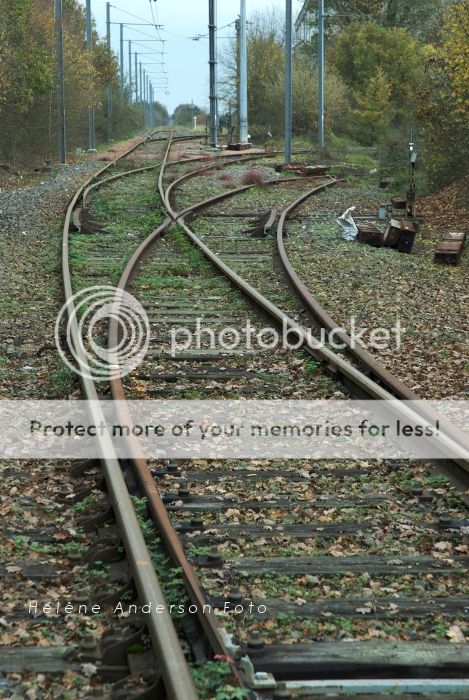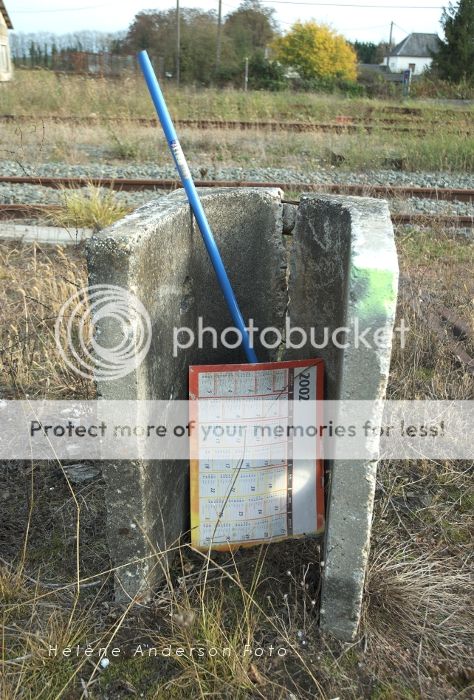Helene Anderson
New member
Or I was going to call this 'more flat photos' - LOL! I doubt I would ever get a job promoting this area as it is at times a bit sombre, a bit left out or is it that those are the places I look for here? At least sometimes it feels as though I have been to 'Nowhere'.
Country stations, there are a few, forgotten, with an ever diminishing number of trains. The nearest on to me I remember when the ticket ofice was open six days a week, with several station staff. Now it is open two half days a week.
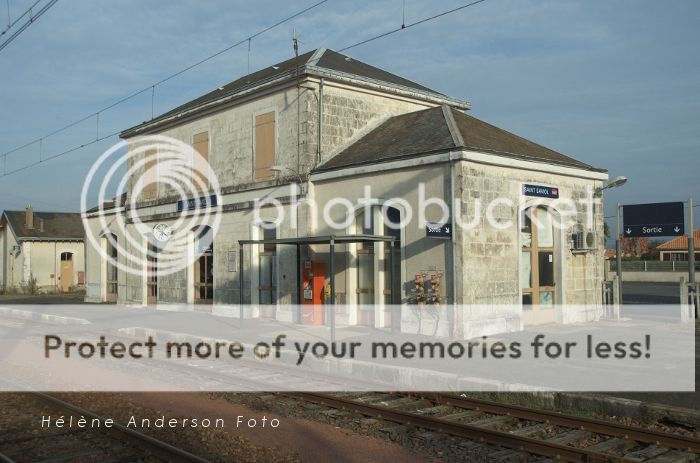
In a village, perhaps so small it is a hamlet really, on the line between Poitiers and Angoulême. Goods train pass by, TGVs fly through and perhaps just three or four regional trains stop there each day.
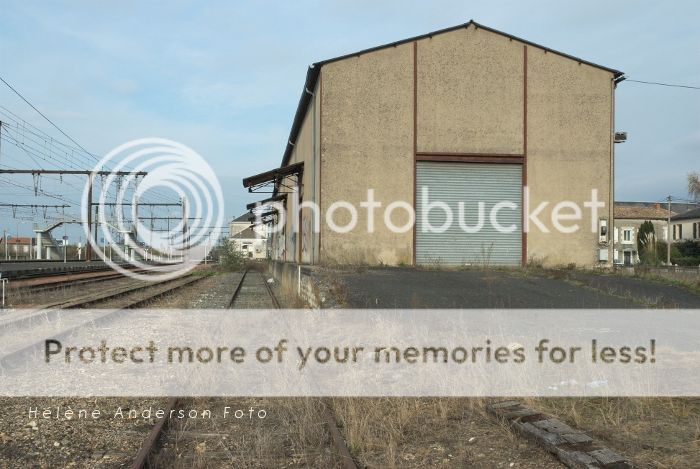
A warehouse indicates that at one time there was activity there though that has had a 'To Rent' sign on it for ages.
I have seen a very old picture of the engine shed with the turntable but all that is gone, oh, the engine shed is still there, used for storage by the SNCF.
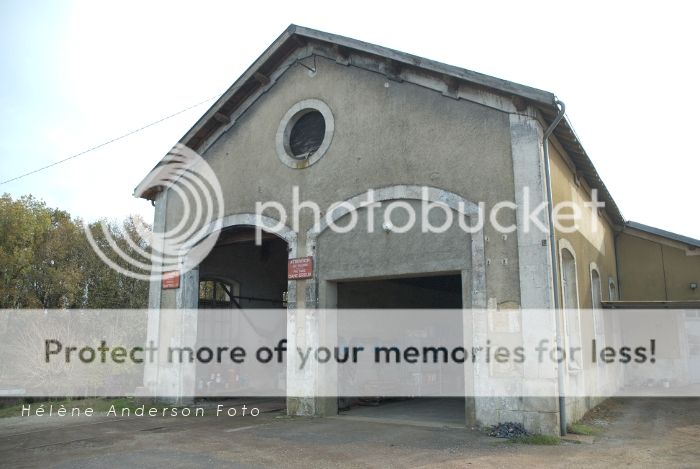
Old rails (pieces of), old sleepers are just piled up about the place. Probably piled up and left ages ago.
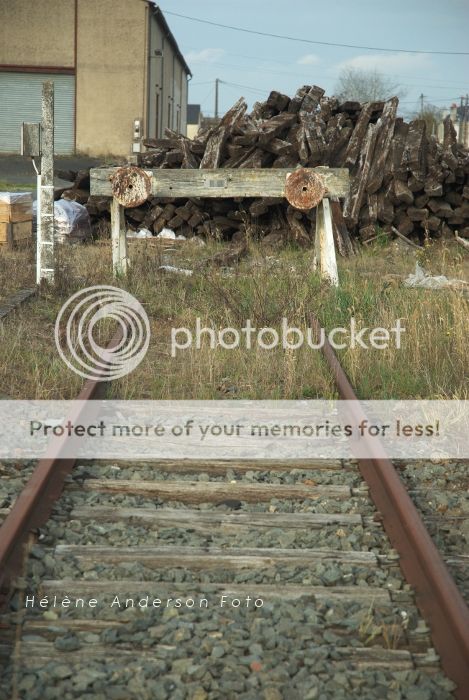
Yet just a few hundred metres north of here is a large warehousing complex (large for here). Perhaps I should ask there if it was them that used the old sidings that have been left?
A few more photos On Photobucket.
Country stations, there are a few, forgotten, with an ever diminishing number of trains. The nearest on to me I remember when the ticket ofice was open six days a week, with several station staff. Now it is open two half days a week.

In a village, perhaps so small it is a hamlet really, on the line between Poitiers and Angoulême. Goods train pass by, TGVs fly through and perhaps just three or four regional trains stop there each day.

A warehouse indicates that at one time there was activity there though that has had a 'To Rent' sign on it for ages.
I have seen a very old picture of the engine shed with the turntable but all that is gone, oh, the engine shed is still there, used for storage by the SNCF.

Old rails (pieces of), old sleepers are just piled up about the place. Probably piled up and left ages ago.

Yet just a few hundred metres north of here is a large warehousing complex (large for here). Perhaps I should ask there if it was them that used the old sidings that have been left?
A few more photos On Photobucket.

